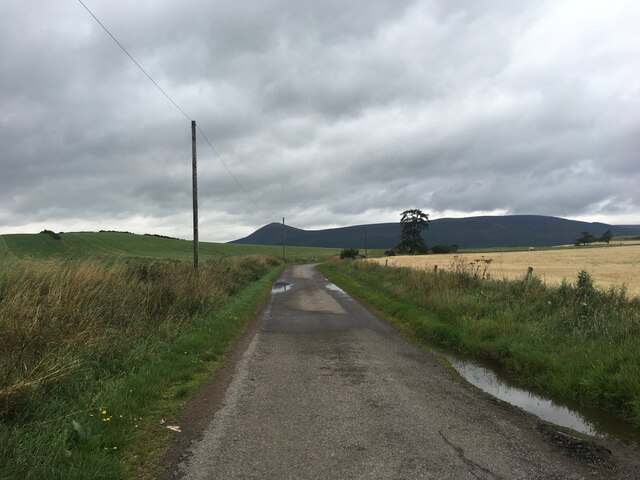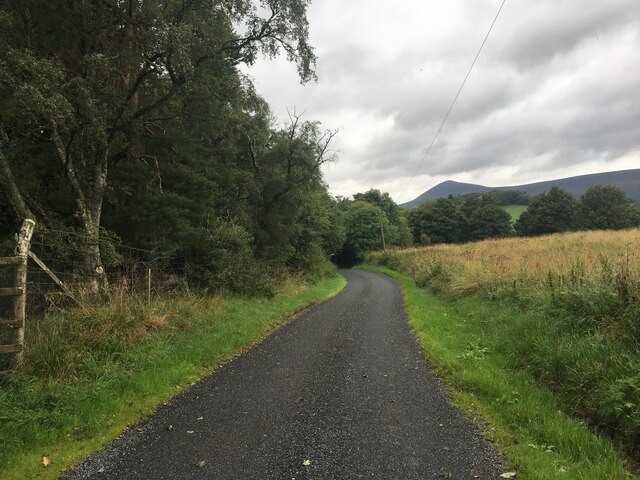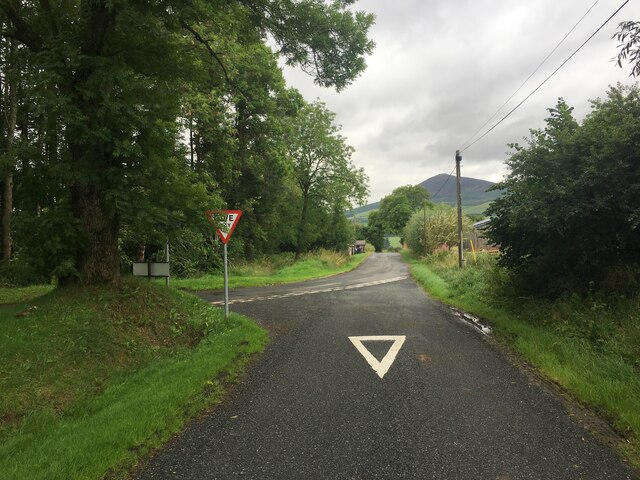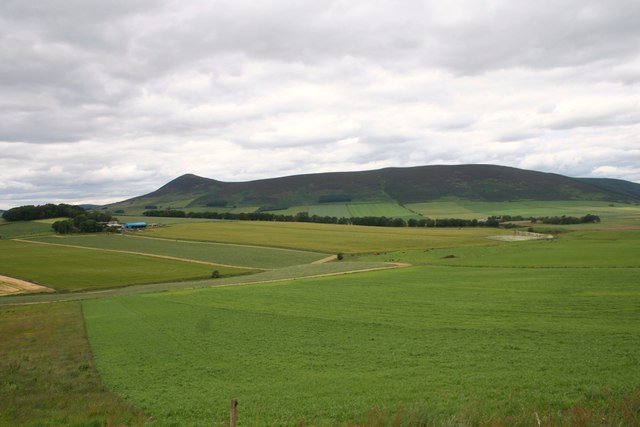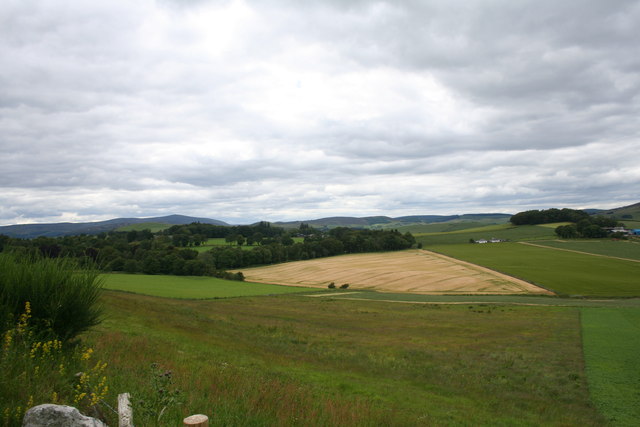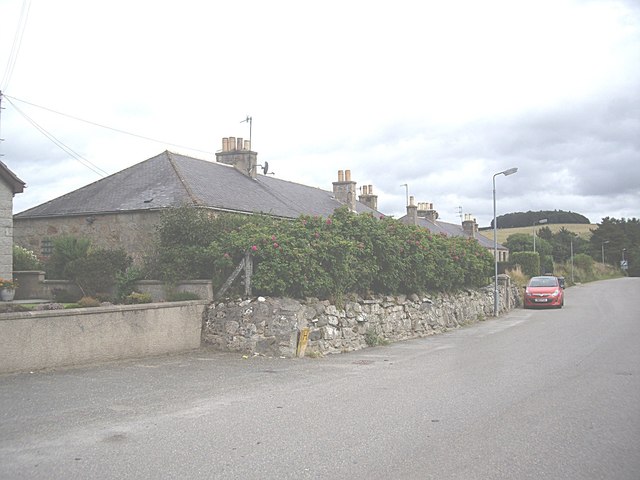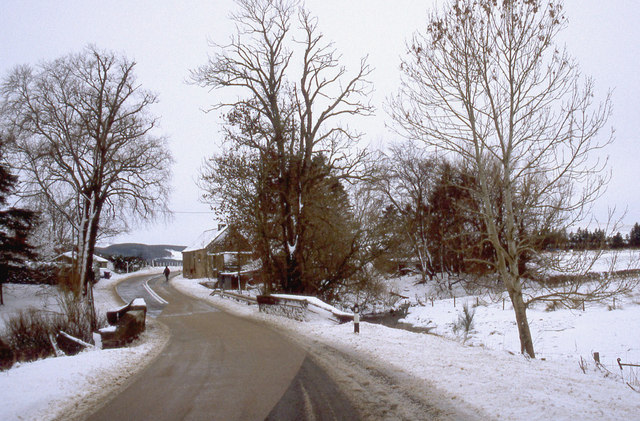Druminnor Castle
Heritage Site in Aberdeenshire
Scotland
Druminnor Castle
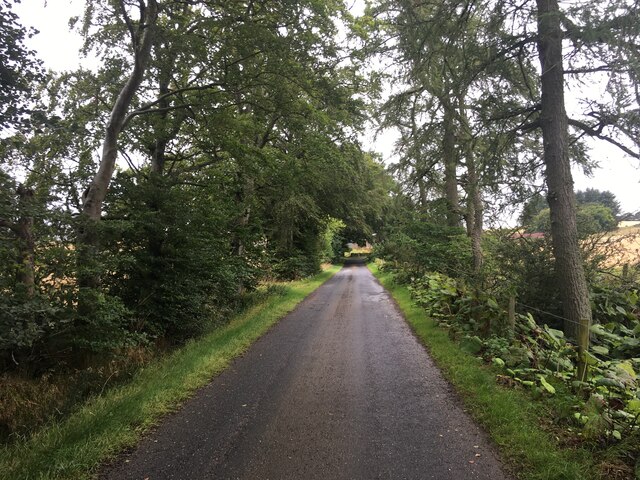
Druminnor Castle is a historic fortress located in Aberdeenshire, Scotland. Situated on a scenic hilltop, the castle overlooks the surrounding countryside and offers breathtaking views of the nearby River Don. This magnificent structure is considered a significant heritage site in the region.
The castle dates back to the 16th century and was originally built as a Z-plan tower house. Over the years, it underwent various modifications and expansions, resulting in its current grandeur. The architectural style of Druminnor Castle is a mix of Renaissance and Scottish Baronial, showcasing its rich history and cultural significance.
The castle's exterior features striking stone walls, turrets, and battlements, which add to its imposing presence. Inside, visitors can explore a range of rooms, including a great hall, drawing rooms, and bedrooms, each adorned with period furniture and artwork. The castle also houses a remarkable collection of historic artifacts, providing insight into the lives of its former inhabitants.
Surrounding the castle is a beautifully landscaped garden, with manicured lawns, vibrant flowerbeds, and ancient trees. This tranquil setting offers visitors an opportunity to relax and enjoy the peaceful ambiance.
Druminnor Castle has been carefully preserved over the centuries and is now open to the public as a museum and event venue. Guided tours are available, allowing visitors to delve into the castle's history and learn about its notable occupants. With its stunning architecture, picturesque surroundings, and cultural significance, Druminnor Castle is an enchanting destination for history enthusiasts and nature lovers alike.
If you have any feedback on the listing, please let us know in the comments section below.
Druminnor Castle Images
Images are sourced within 2km of 57.327/-2.805 or Grid Reference NJ5126. Thanks to Geograph Open Source API. All images are credited.
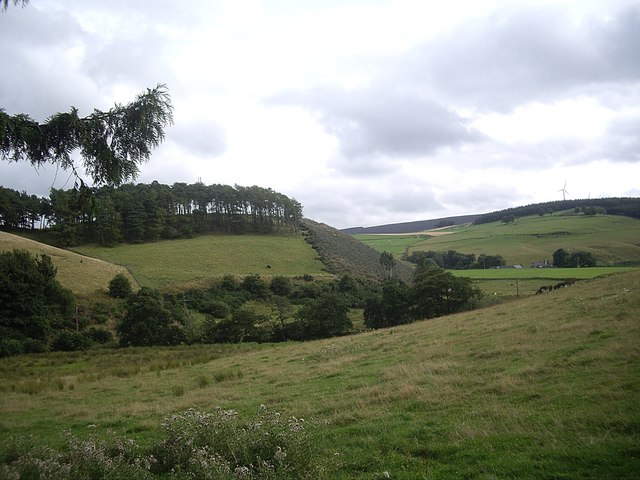
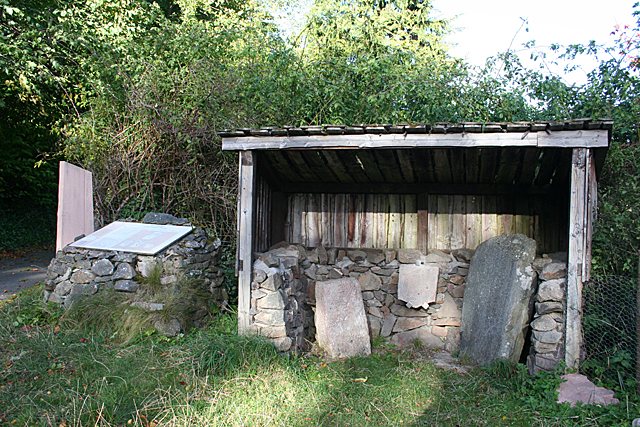
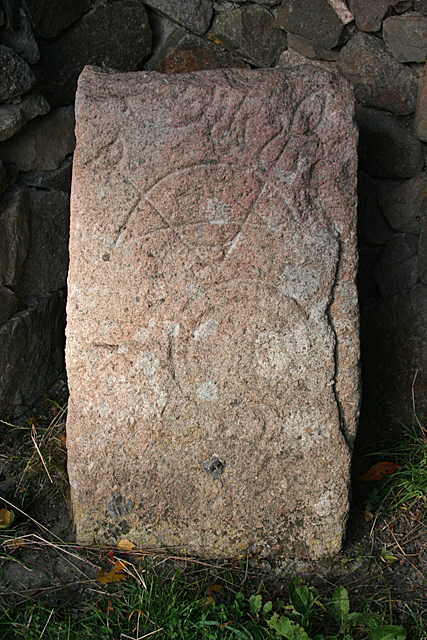
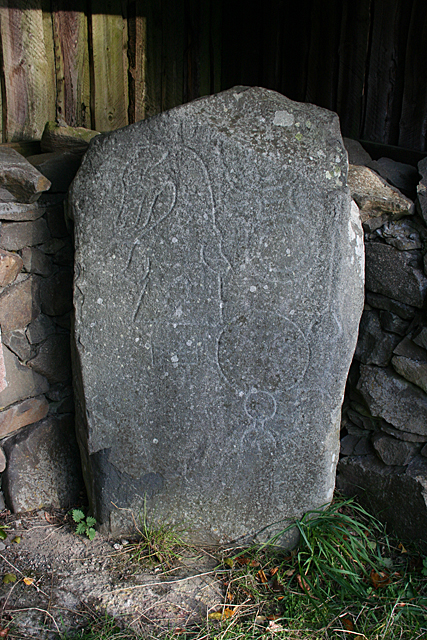
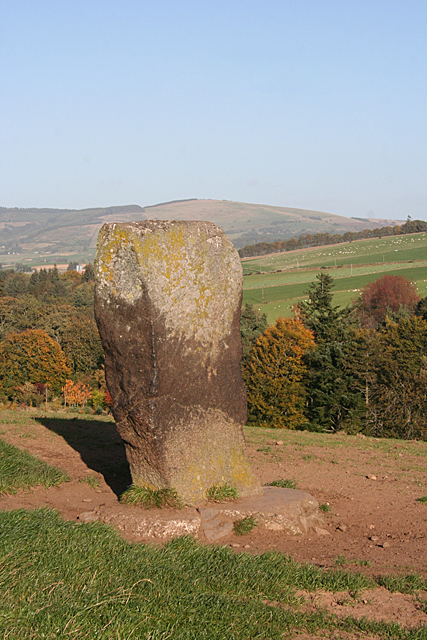
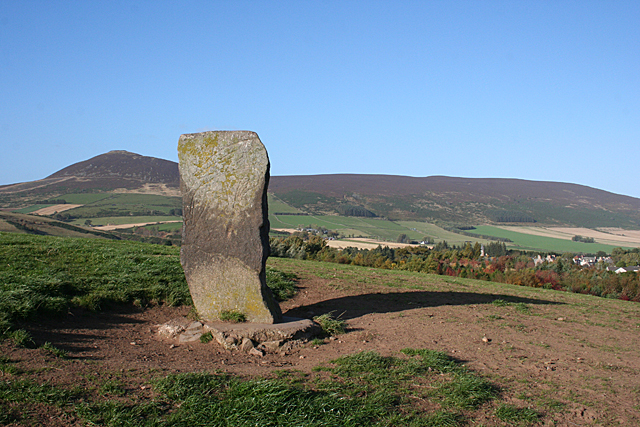
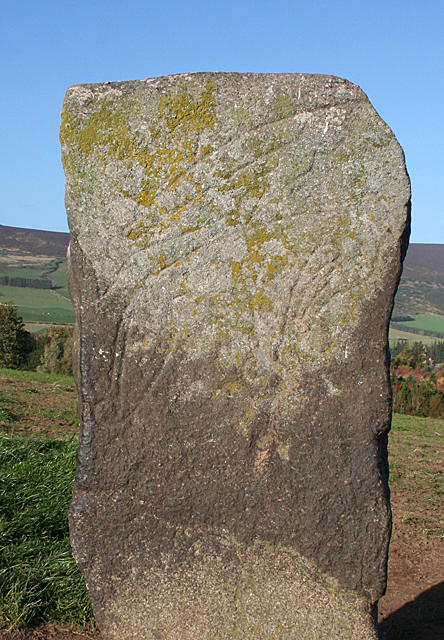
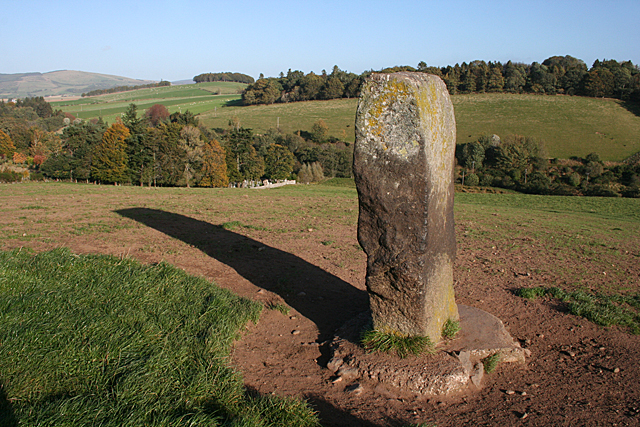
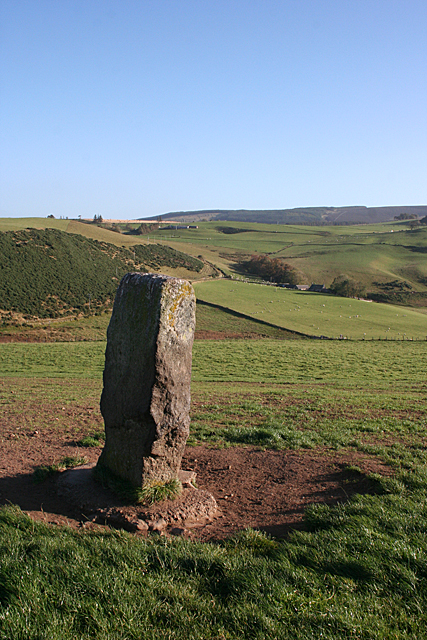
Druminnor Castle is located at Grid Ref: NJ5126 (Lat: 57.327, Lng: -2.805)
Unitary Authority: Aberdeenshire
Police Authority: North East
What 3 Words
///interview.mixers.leap. Near Insch, Aberdeenshire
Nearby Locations
Related Wikis
Druminnor Castle
Druminnor Castle is an L-plan castle, dating from the early 15th century, about two miles east of Rhynnie, in a steep valley by the Keron burn, in Aberdeenshire...
Rhynie, Aberdeenshire
Rhynie () (Scottish Gaelic: Roinnidh) is a village in Aberdeenshire, Scotland. It is on the A97 road, 14 miles (23 km) northwest of Alford. The Rhynie...
Clatt
Clatt (Gaelic cleithe, 'concealed'), is a village in Aberdeenshire, Scotland. The remains of a morthouse are located in the cemetery of the old church...
Rhynie chert
The Rhynie chert is a Lower Devonian sedimentary deposit exhibiting extraordinary fossil detail or completeness (a Lagerstätte). It is exposed near the...
A97 road
The A97 is a major road in Aberdeenshire, Scotland. A very short section of the road is within Moray == Route == It runs south from Banff on the north...
Kennethmont
Kennethmont (archaically Kinnethmont, or Kirkhill of Kennethmont) is a village in the Marr area of Aberdeenshire, Scotland, approximately 8 miles (13 km...
Leith Hall
Leith Hall is a country house in Kennethmont, Aberdeenshire, Scotland. It was built in 1650, on the site of the medieval Peill Castle, and was the home...
Ardlair Stone
The Ardlair Stone is a class I Pictish stone that stands in a field in Ardlair, Kennethmont, Aberdeenshire, Scotland. It is associated with a number of...
Nearby Amenities
Located within 500m of 57.327,-2.805Have you been to Druminnor Castle?
Leave your review of Druminnor Castle below (or comments, questions and feedback).
